Process Keeps Us Safe
This meet and greet process is developed to minimize the risk to you, your dog and the Petz Pack pups. Mastering these processes will also guarantee the best impression to the client
First Impressions are Everything
Make sure your home is clutter and hazard free. We have very particular clients, some will not like seeing crates even if you don't plan to crate their dog. Remove anything that a dog could resource guard (toys, bones, food, etc.) from the home and yard. Ensure there's ample clean drinking water in plain sight.
The Client Has Arrived
Meet them at their car, without your dog, before they have time to come to the door. You need time to do a visual inspection for contagions, test for human aggression and explain the meet and greet process.
Visual Inspection
Please review the quick guide section to ensure that you know how to properly screen for ear mites, canine influenza and fleas. Dogs with contagions should not be admitted, no exceptions. Careful here! Some of these dogs are rescues with deep seated fears and anxiety and may respond negatively to a stranger's touch.
Introduce Yourself to the Dog
No high pitch voices, outstretched hand to sniff or bite! Let's do this like an expert. Kneel with your side to the dog and allow him to approach before you attempt to reach out. Stroke the side where the dog can see your hand.
Observe Your Client
Make sure collars are tight enough and if they have brought a flexi-leash, please provide them with a regular one. They will not be able to control their dog and it is not proper introduction to allow dogs to meet on leash.
On Leash Aggression
On leash aggression is a common behavior. Owners allowing a dog to pull on leash creates tension and posturing which is misinterpreted by the other dog. We HIGHLY discourage dogs meeting on leash.
Explain the Process
"We're going to take a quick walk. Please wait while I go get my dog and we are going to walk right past you. No meeting on leash please. Follow behind and when I see the energy die down, we'll turn back and follow up with off-leash interaction in the back yard."
Which is Your Meet and Greet Dog?
It's not necessary to walk all your dogs with the client dog and/or introduce them all off-leash. Your most easy going dog will do since this is the energy we want the client dog to mimic.
The Meet and Greet Walk
So, so effective. Lead the client and dog/s in a walk until you see anxiety taper off. When the dogs are more interested in the walk than each other, you're ready to meet. If the client dog is verbalizing or pulling towards your dog, you're not.
Follow Your Gut
Rarely, we have had situations where the client dog did not calm and it just didn't feel right to introduce them off leash. Follow your gut and protect your dog. Explain that you don't feel like the dogs are ready to meet off leash and that Petz Main will be in contact. Flag the dog to route to Petz Main
Offleash Introductions
Keep all dogs leashed and separated until everyone is inside the yard and the perimeter is secure. Instruct your client to unhook the leash at the same time you do to prevent an unwanted encounter. Be on your toes, this is where fights can happen.
Is the Dog Polite?
Dogs should approach each other in a curve and sniff the rear or side of face and move on to explore yard and/or greet humans. It's like they are saying: "Ok, Hi! No big deal. I'll mind my business and you mind yours." This is great interaction!
Playful but Polite
Learning calming signals will help us to distinguish between a playful dog and a pest. Dogs that are playful, but polite, are fine. Playful dogs will maintain distance and attempt to engage with play bows. If the play is not reciprocated, a polite dog will stop.
More on the Pest
A dog may seem playful, but should not pester if the other dog lacks interest. He may attempt to hump or engage in rough play. He may even posture with direct nose contact. Walk between the dogs to diffuse the tension. If it persists, ask the client to leash their dog.
Aggressive vs Reactive
Not the same thing, no way no how. While aggression in general is nearly always provoked, sometimes it's the sight of the other dog that is the provocation. A reactive dog is not seeking it out, he's demanding his distance since he was provoked and calming signals likely ignored. We can sometimes work with reactivity, depending on the severity.
Fearful Dogs
Do not allow fearful dogs to hide behind objects, humans, etc. for reasons of anxiety that do not involve being chased. Encourage your client to let you handle it, the worst thing they could do is get involved unless we are trying to stop something aggressive like non-consensual chase.
End on a Good Note
If everything went well, don't be afraid to end the meet and greet. Quickly review the presentation topics in the M&G module on your Dashboard. If you confidently lead this interview it will be more seamless and take less time
Manage Your Environment
The dogs boarded in your care deserve to be stress free. If a child/client lets out a dog in your home it's a safety hazard for a variety of reasons. It's the wrong way to introduce dogs and you WILL have a scene. This is also why clients shouldn't view boarding dogs. You can send them photos of your integrated pack later.
Ending the Meet and Greet
As you are escorting your potential client out, ask if they would like to lock in their dates. However, if it didn't go well, tell them we will be in contact regarding their reservation. Update the status of the dog accordingly in the M&G module of your Dashboard.
Multiple Dog Meet and Greet
This can be very challenging. Your client should have brought assistance. You need to have a 6th sense to determine which to let off first (not the ones that are going to dart to the leashed ones). If this siutation arises, please call us to discuss.
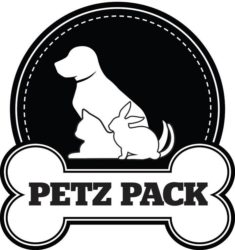
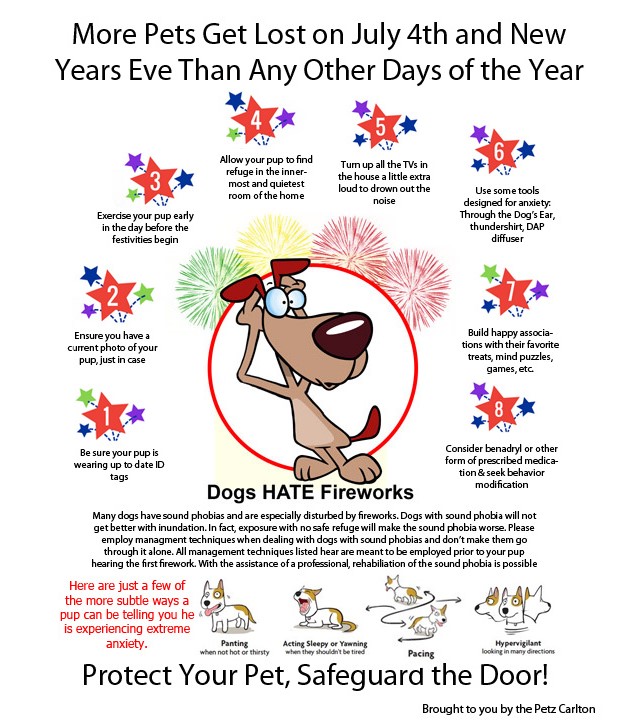
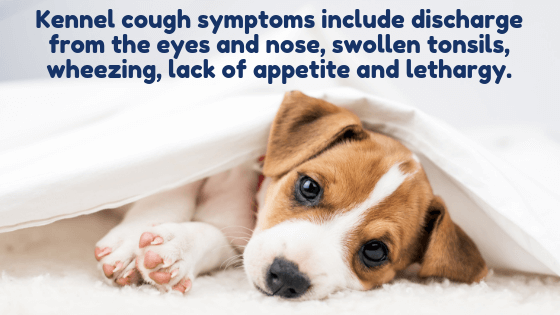
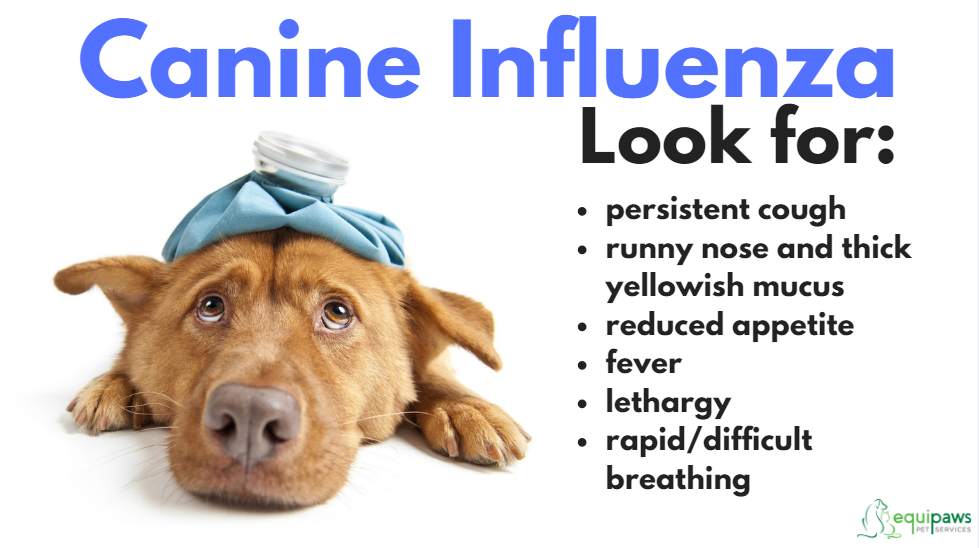
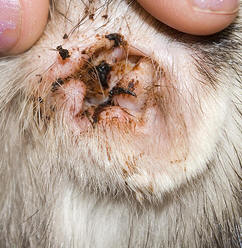
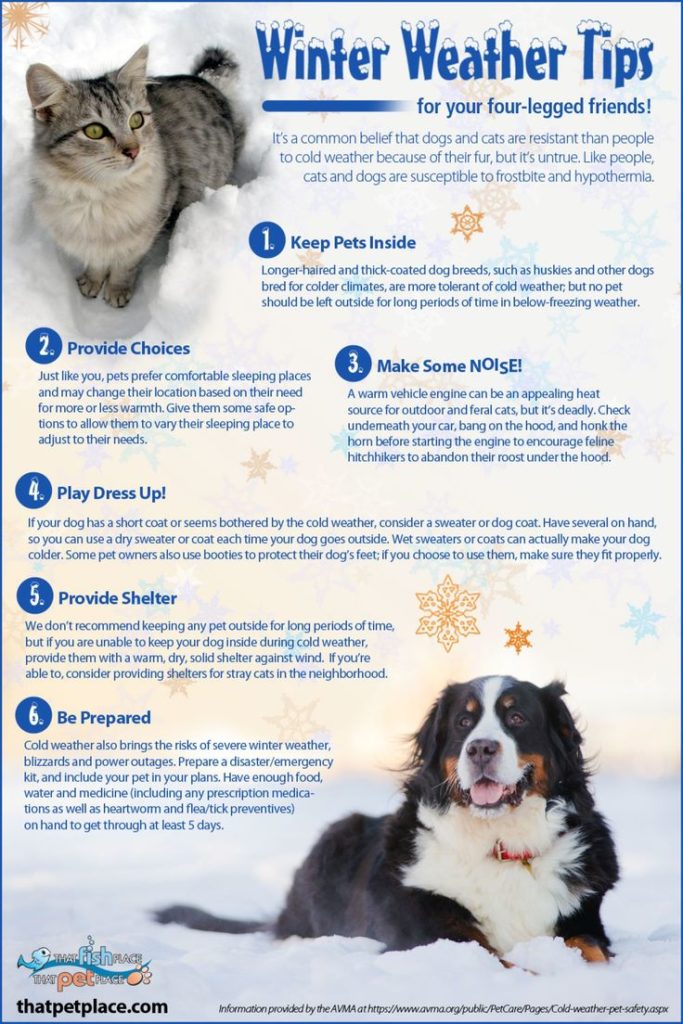
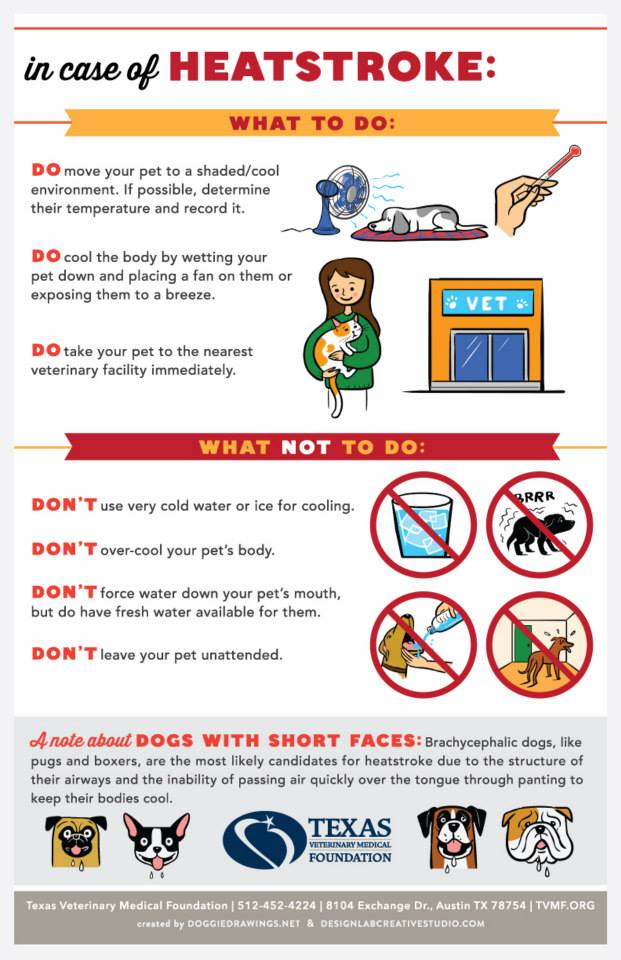

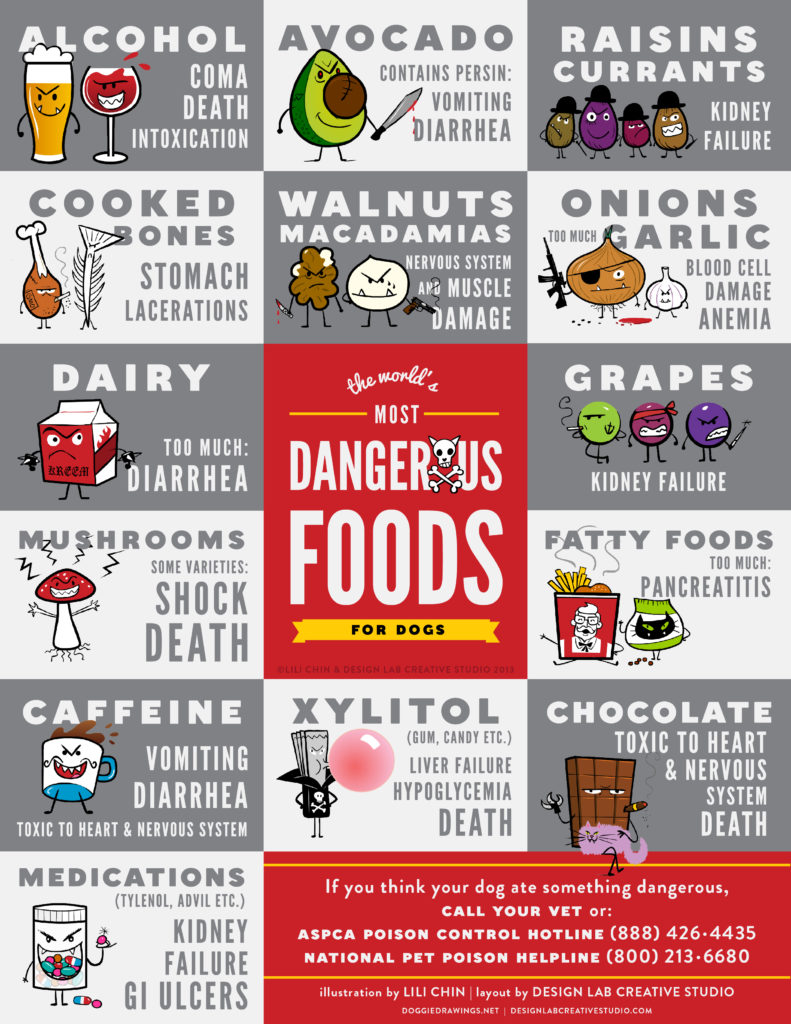
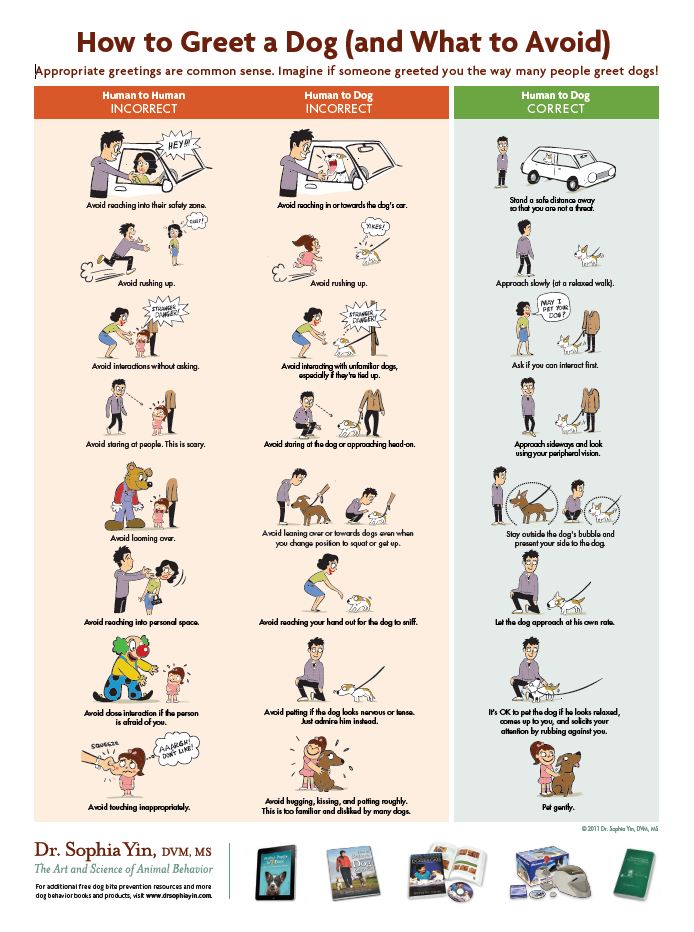
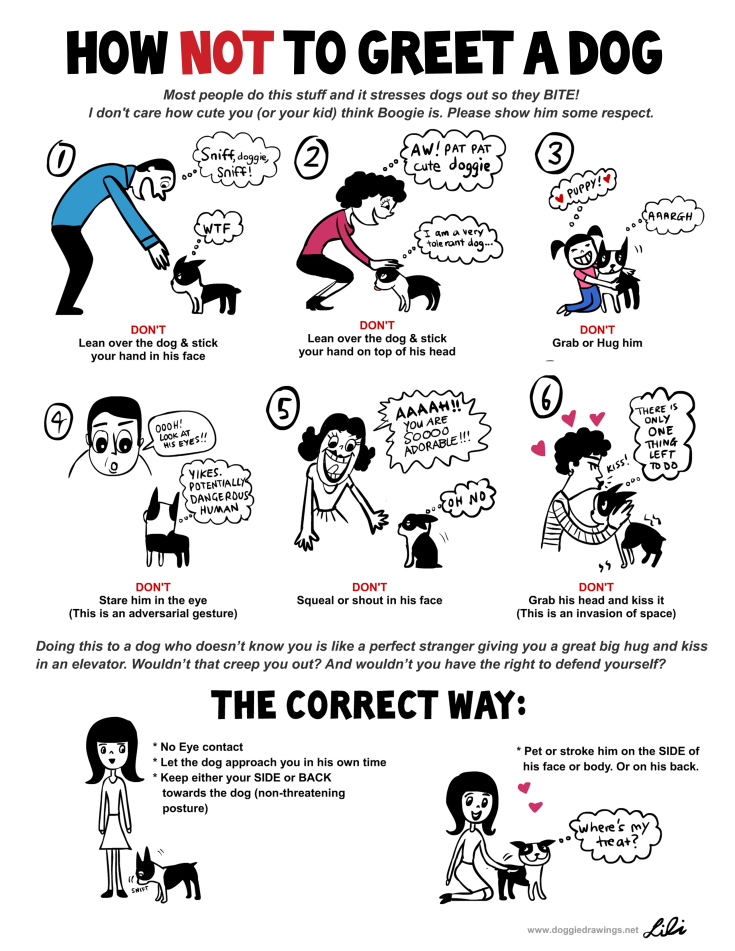

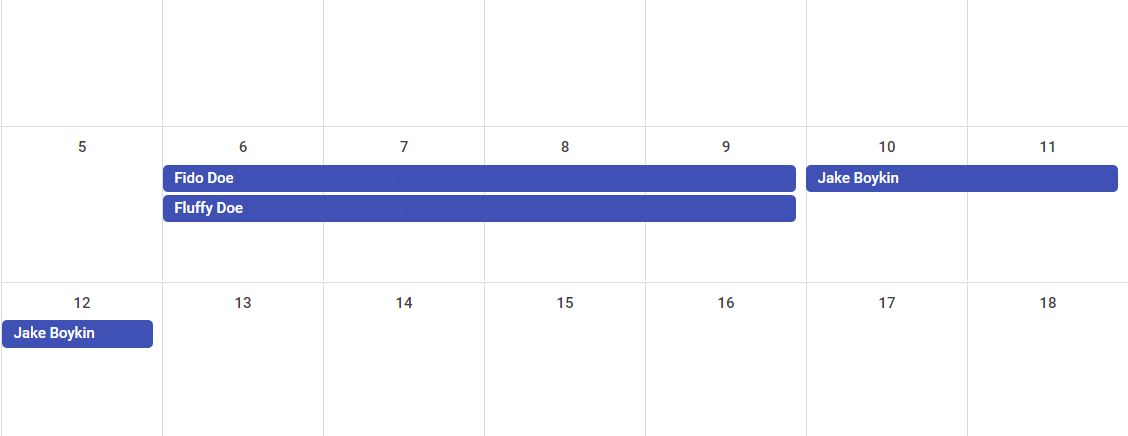
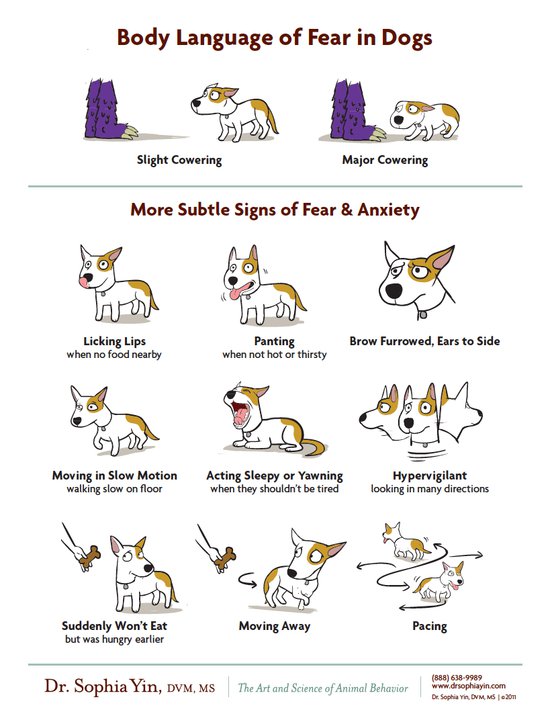




 This badge indicates that this host has created an emergency preparedness plan detailing steps to take in the event of a natural disaster at the host’s home.
This badge indicates that this host has created an emergency preparedness plan detailing steps to take in the event of a natural disaster at the host’s home. This badge indicates that your host has completed the steps necessary to ensure they are covered by Petz Pack’s 24 hour emergency protection plan .
This badge indicates that your host has completed the steps necessary to ensure they are covered by Petz Pack’s 24 hour emergency protection plan . I scored a A on all my canine body language and behavior quizzes
I scored a A on all my canine body language and behavior quizzes I have a certification in pet first aide and CPR. I can provide emergency care until veterinarian care can be acquired.
I have a certification in pet first aide and CPR. I can provide emergency care until veterinarian care can be acquired.